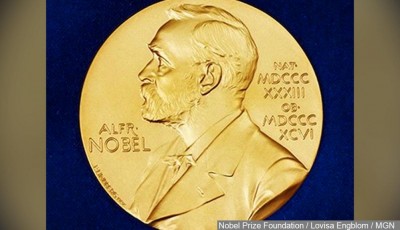Vietnam Devalues Currency For Third Time This Year
The State Bank of Vietnam devalued the dong by 1% to bring the reference rate of the US dollar to the Vietnamese dong to 21,890.
August 19 Vietnam’s central bank on Wednesday lowered the official mid-point rate of the Vietnamese dong against the dollar by 1 percent, a week after China let its currency fall, according to Reuters data. More than a half of shares on the Ho Chi Minh Stock Exchange fell.
Economist Tran Du Lich said the central bank’s decision to widen the band to 3 percent was necessary in the current situation. Here is a snapshot of the VN Index at midday (0431 GMT).
Kazakhstan and Vietnam allowed their currencies to fall yesterday, fuelling expectations of further depreciations among emerging market countries that could trigger financial solvency problems.
The dong has now weakened around three per cent in both the interbank and the unofficial markets, against a central bank’s pledge to let the currency slip two per cent in 2015.
Despite its recent declines, Vietnam’s currency is not the weakest in Southeast Asia. The intraday trading band, which increased from 1% to 2% last week, was further expanded to 3%, making the currency more market-driven.
Vietnam is not actively participating in a currency war or a race-to-the-bottom as some headlines may suggest, according to a note sent by ANZ Bank, despite its third dong devaluation in the year. In the six months through June, the economy grew 6.28 percent.
With Wednesday’s changes, “the dong will have enough room to fluctuate more flexibly to cope with negative impacts from worldwide and domestic markets, not only from now until the rest of the year but also in early months of 2016”, the central bank said in the statement.
Vietnam’s response “will help the authorities achieve their broader goal of maintaining overall macroeconomic and inflation stability”, said Jonathan Dunn, the International Monetary Fund representative for Vietnam.












